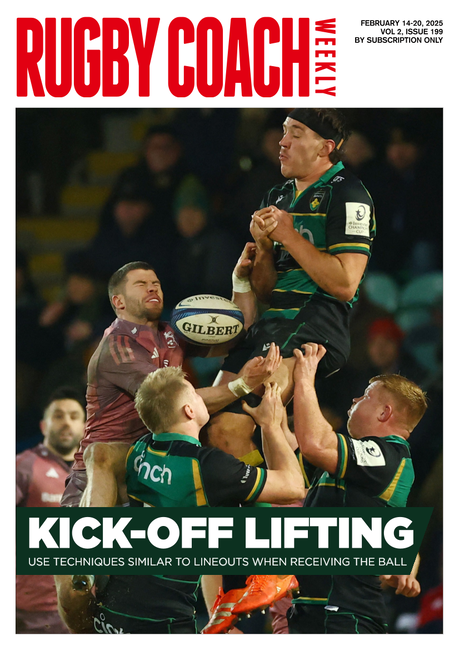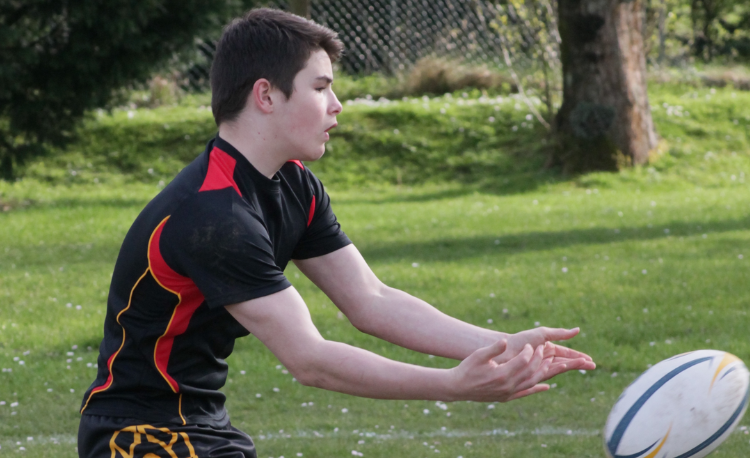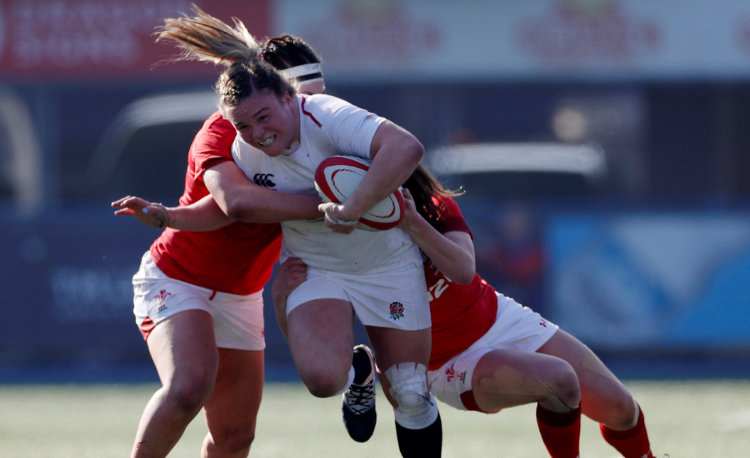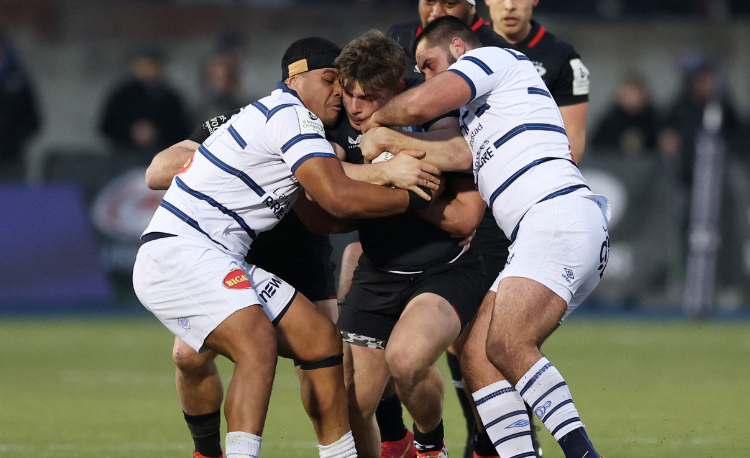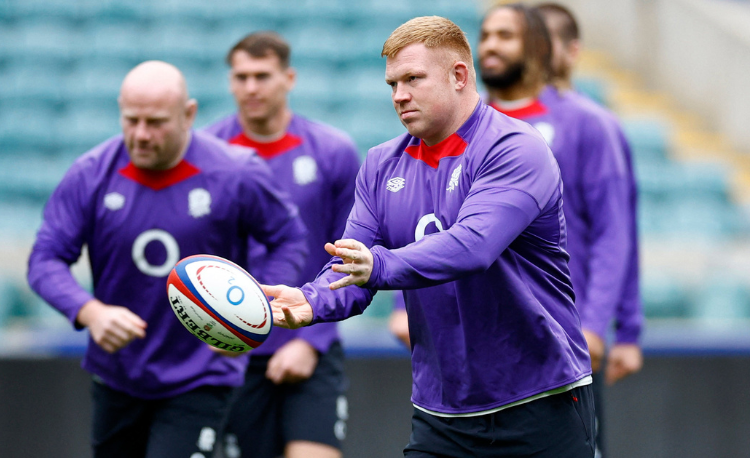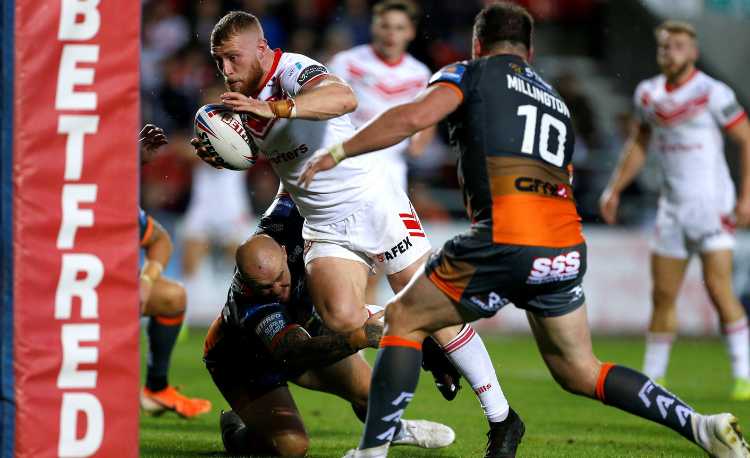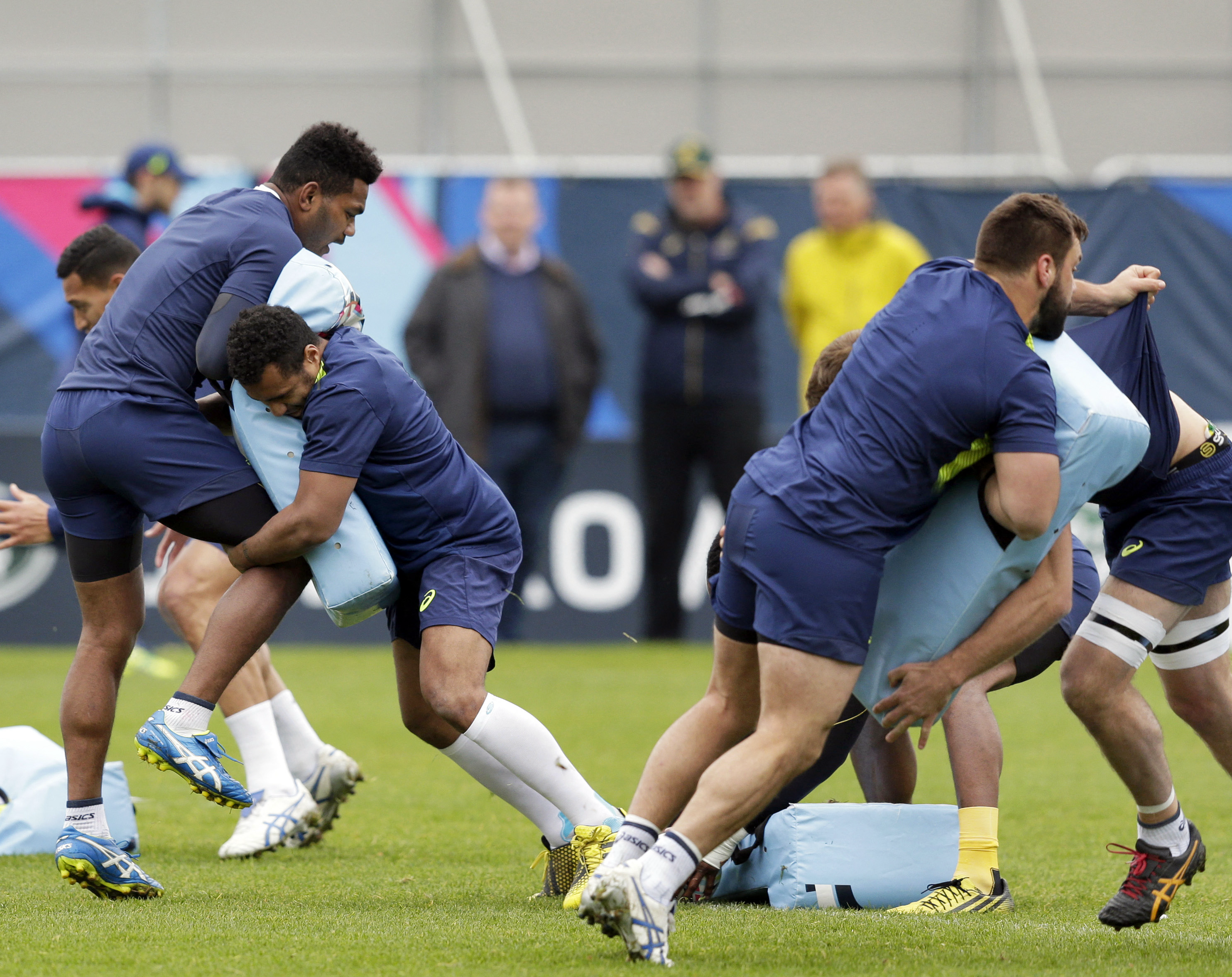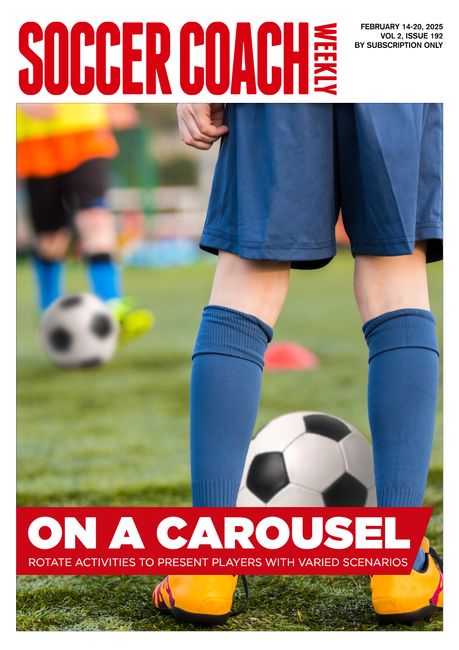Stop falling over
Editor Dan Cottrell adds further context to two sessions.
Wrestlers and martial artists compete in bouts where the contestant who is pinned to the ground loses.
Rugby is different. While a tackler will want to fell a ball carrier, they aren’t allowed to hold them down after the tackle.
The consequence of this difference is that both tackler and tackled player have far more movement options once they’ve landed.
The first thing we should remember is that a tackle is defined as a ball carrier having one knee on the ground.
While the tackler can continue to hold onto the ball carrier for a few more moments, they can’t prevent them placing the ball or twisting into a better position.
Though we might spend some time on how the tackler ’completes’ the tackle – in the sense of how they impact the ball carrier while they are still holding them – I’m more interested in what happens to the players once the release is called.
When we train ’falling’ with young players, we often get them to do a parachute-type fall from a static position.
While this certainly helps with confidence, it’s a very unlikely circumstance for the ball carrier.
They will likely be falling with some momentum moving forwards, backwards or sideways. It’s probable that only one foot will be on the ground as well, not two.
The natural reaction is to put out a hand to break the fall, and we all know this is a bad idea. Though rare, it can lead to broken bones or dislocations.
There are two ways to combat this:
- Ball carrier: Players should be carrying the ball in two hands. In training, you should encourage this all the time. In training games, I will often blow up for a penalty if a player who falls to the ground doesn’t have both hands on the ball.
- Help the players fight the fall and then use the ground as a force to help them. It’s like pushing off from the side in a swimming race or leaning against the ropes in a wrestling contest. The ball carrier uses their hips, back and shoulders to do this.
In this exercise, I show you ways to encourage players to embrace the ground without pushing out their arms.
The idea is that the arms and legs are like levers to manipulate the core and upper body.
Once on the ground, the ball carrier is bouncing around to either pass the ball off the ground or present it, and certainly prevent the opposition stealing it.
This is a high-mistake environment. Make sure the players know it’s going to be messy.
Use the initial part of the session as a warm-up for matches, because it helps players get a little bit physical and work on their ball handling as well.
Also, if it’s a wet and cold day, leave this exercise for later in the session or even consider not using for that day for much younger players. Otherwise they will be soaked from the start and unlikely to want train much more.
Winning a kick-off receipt
How many times do teams that have just scored then mess up the next kick off?
There are often some excuses for them. The chasing team is fired up to do some damage, and the catcher pretty much knows that they will be knocked back into next week if the ball isn’t kicked too long.
One way to remove the pressure is to lift the catcher. That means using the same sorts of techniques as you would in a lineout to put a jumper up into the air.
That jumper is now immune from contact and far less likely to be challenged.
Though it seems a tough skill, because there’s quite a lot of movement involved, there are several factors that make it easier to execute than a lineout.
- There is a very likely landing zone for most contestable kicks. Unless the ground is exceptionally hard, or the kicker is extremely good, a kick that is contestable will land in a 10m area in front of the 22m line. You can experiment with your own kickers to work out where that is for your team’s level.
- The jumper isn’t having to feint or fool the opposition. They have plenty of time to position themselves to receive the kick.
- They don’t have to leap quickly, or indeed accurately, to beat an opposition jumper. That gives them some wriggle room.
This exercise will help build up your players’ confidence to use this manoeuvre in a match situation.
Related Files
Newsletter Sign Up
Coaches Testimonials

Gerald Kearney, Downtown Las Vegas Soccer Club

Paul Butler, Florida, USA

Rick Shields, Springboro, USA

Tony Green, Pierrefonds Titans, Quebec, Canada
Subscribe Today
Be a more effective, more successful rugby coach
In a recent survey 89% of subscribers said Rugby Coach Weekly makes them more confident, 91% said Rugby Coach Weekly makes them a more effective coach and 93% said Rugby Coach Weekly makes them more inspired.
Get Weekly Inspiration
All the latest techniques and approaches
Rugby Coach Weekly offers proven and easy to use rugby drills, coaching sessions, practice plans, small-sided games, warm-ups, training tips and advice.
We've been at the cutting edge of rugby coaching since we launched in 2005, creating resources for the grassroots youth coach, following best practice from around the world and insights from the professional game.



